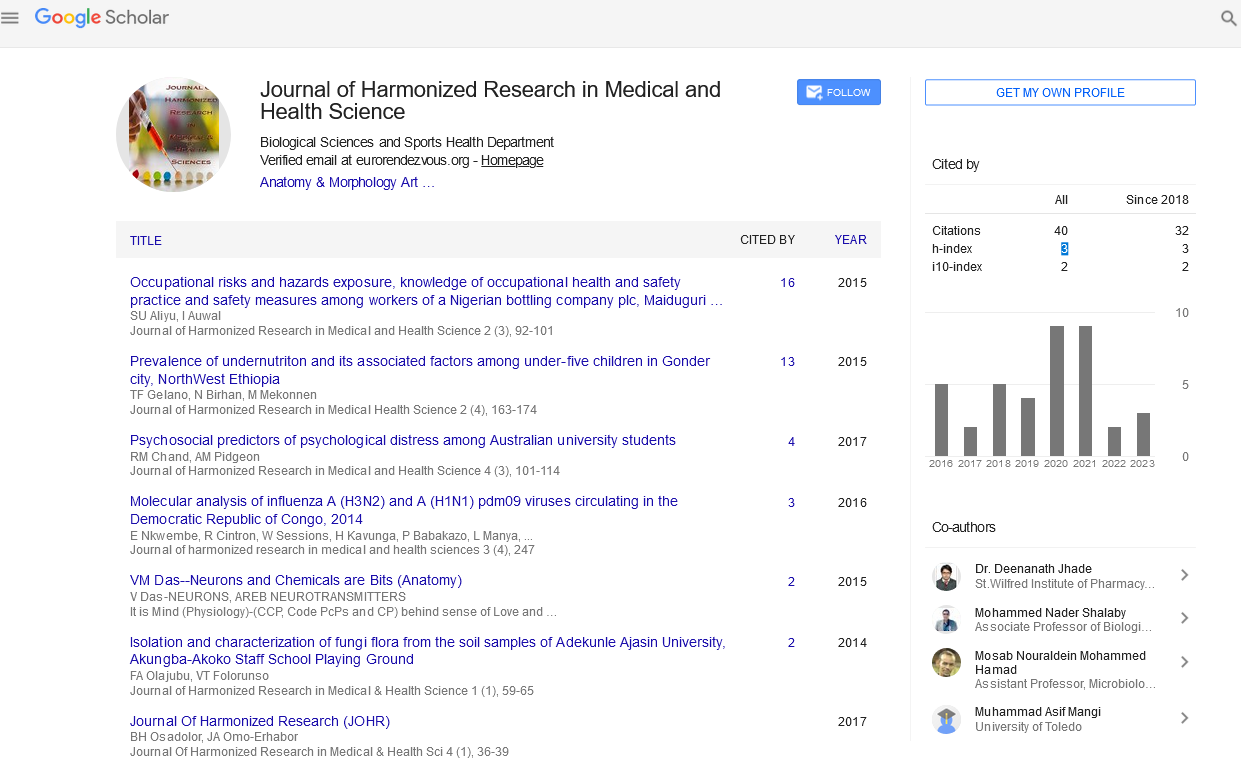GLEASON SCORE CONCORDANCE IN SINGLE CORE PROSTATE CANCER PATIENTS IS INFLUENCED BY THE NUMBER OF FRAGMENTS SAMPLED AT BIOPSY
Abstract
Author(s): Ricardo Kupka, Marcos Francisco DallâÂÂÃÂglio, Alexandre Crippa SantâÂÂAnna, José Pontes Júnior, LuÃÂs Felipe Piovesan, Aguinel José Bastian Júnior, Willian Nahas, Miguel Srougi
Introduction Prostate cancer (PCa) is the most common male malignancy in western countries and the second leading cause of cancer death in men (1). The disseminated use of serum prostate-specific an tigen (PSA)-based screening for PCa has led to an increase in the proportion of patients with low-stage and low-volume PCa (2,3). As a result, the prevalence of single positive core disease appears to have significantly increased. Single core PCa is expected to be clinically insignificant, indolent and to have lower positive surgical margins (PSM) (4). Systematic reviews have provided inadequate information for assessing the comparative effectiveness of the treatments and any associated harms (5). The risk of dying from PCa is approximately 3%, suggesting that conservative management may be appropriate for many men (6,7). These recent changes may explain the renewed interest in active surveillance (AS) with delayed therapy for highly select patients, particularly those diagnosed with well-differentiated tumors (Gleason < 6) and a low volume. Most single positive core PCa are included in this group (8). Studies comparing the entry criteria for AS protocols, especially in terms of the biopsy parameters, are needed to clarify the best candidates for AS. The Gleason score (GS) is an important parameter in the treatment of PCa when combined with the PSA, clinical stage and prostate size (9,10). Therefore, the accurate determination of the GS on the diagnostic needle biopsy is a crucial component of the algorithm for treatment selection (9). The Gleason grading system has consistently been shown to predict the outcome in patients with PCa. Because a transrectal ultrasonographic prostate biopsy may provide only a sampling of the cancer, the potential exists for a discrepancy between the patient biopsy and pathological GS (11). Single core PCa is one of the most important criteria for AS as it should behave like an indolent disease; however, can single core PCa actually be considered to be an indolent tumor? Studies have shown that using more biopsy cores may minimize discrepancies with the GS (12). Because the number of cores sampled may help improve the selection criteria for AS, we analyzed the relationship between the number of cores sampled with the concordance and discrepancy in the GS in a single core group. The aim of our study was to compare the clinical and pathological findings of PCa patients diagnosed by a single positive core or by multiple positive cores at biopsy who underwent a radical retropubic prostatectomy (RRP). We also evaluated the influence of the number of sampled cores at biopsy in these two groups










